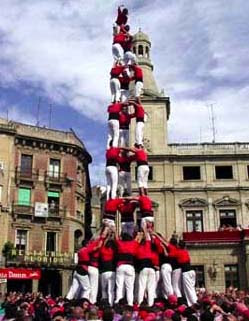By Dolors Marí
Joan (John, in English) Oró Florensa was born in Lleida, Catalonia, Spain, on October 26, 1923, the youngest of five children and the only male.
He studied at the University of Barcelona, where he obtained his degree in Chemistry in 1947. He decided to take a risk and go to the United States. Four of the universities that answered his request offered him free tuition. He chose to enroll at the Rice Institute in Houston, Texas.
Oró demonstrated that molecules essential for life can be synthesized from other very simple ones, as was the case of formate, which has only one carbon. Oró suggested that cometary collisions with the Earth might have contributed to increasing the amount of carbon compounds in the early planet. He also suggested that comets had brought water to Earth.
In fact, even if the young planet Earth was assumed to have had water, it probably escaped to outer space along with some mass of the planet as a result of a collision with a body the size of Mars.
Oró participated in the NASA Program of Organic Cosmochemistry until his retirement in 1994. Before his retirement, and even afterwards, Oró was committed to the world of research both in the United States and in Catalonia. In Lleida, his hometown, he set up his own foundation Center of Astrophysics in the Montsec (Fundació Joan Oró).












